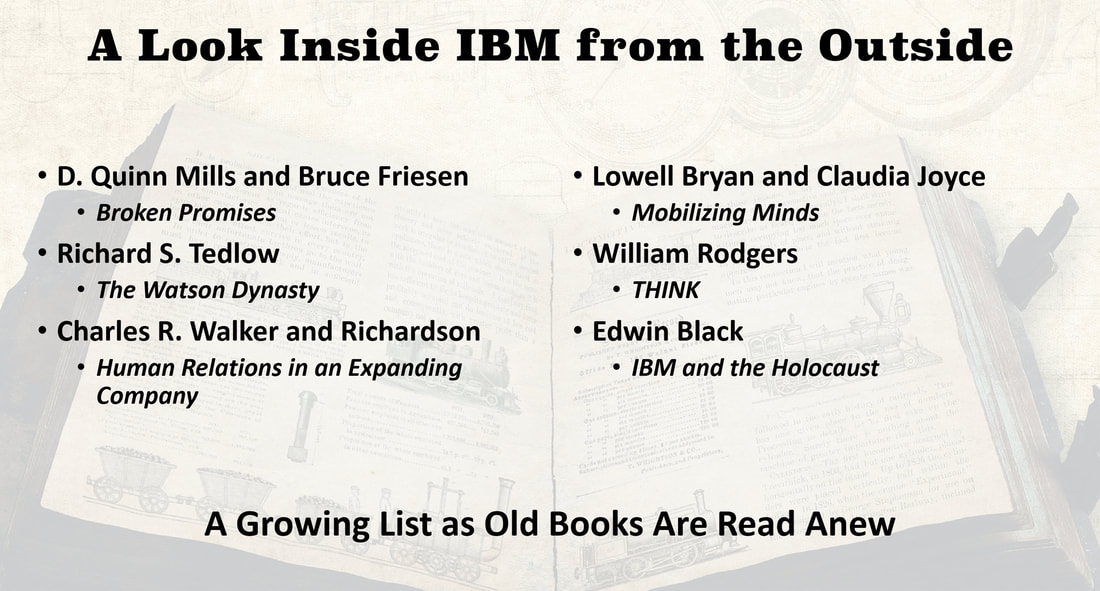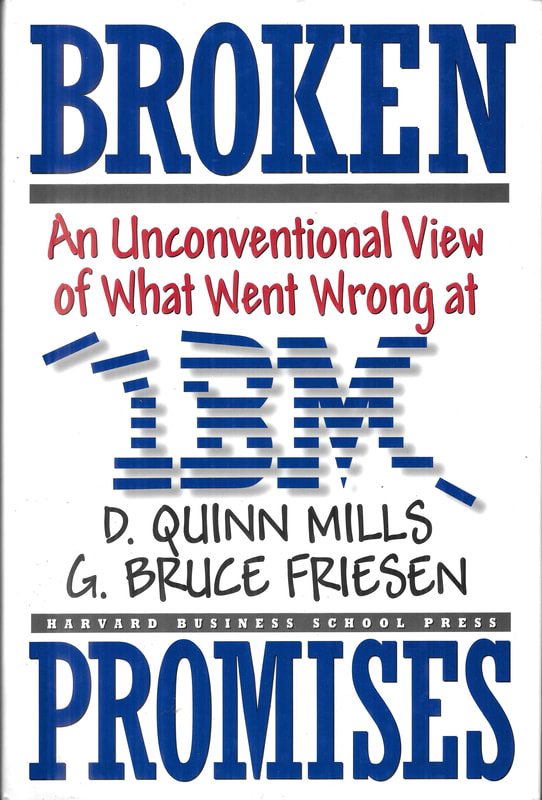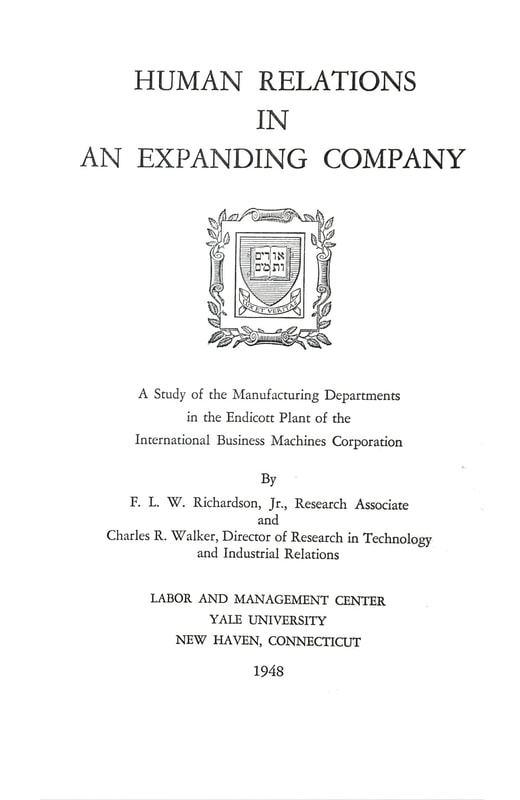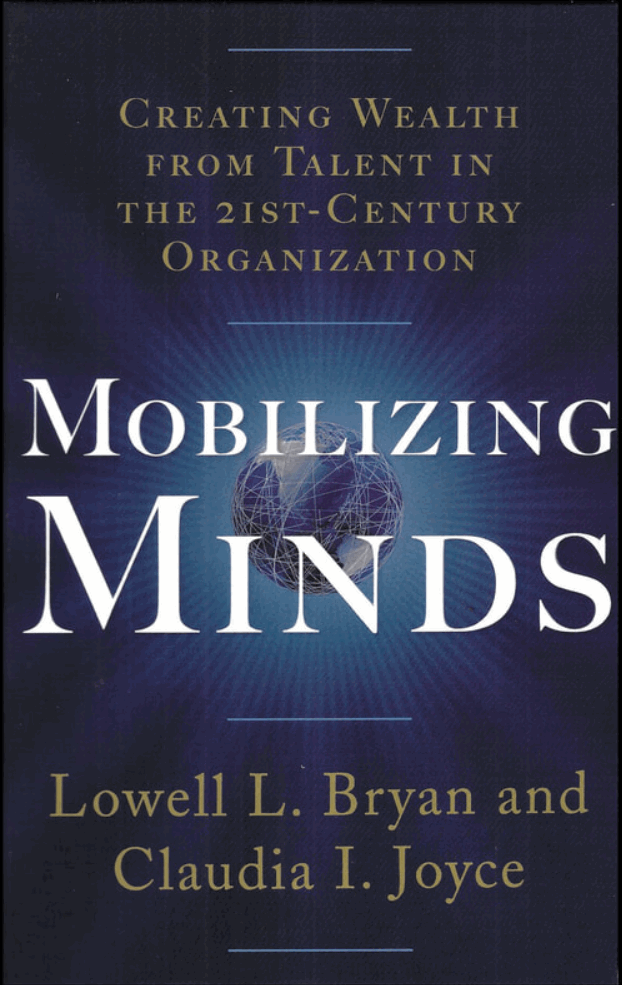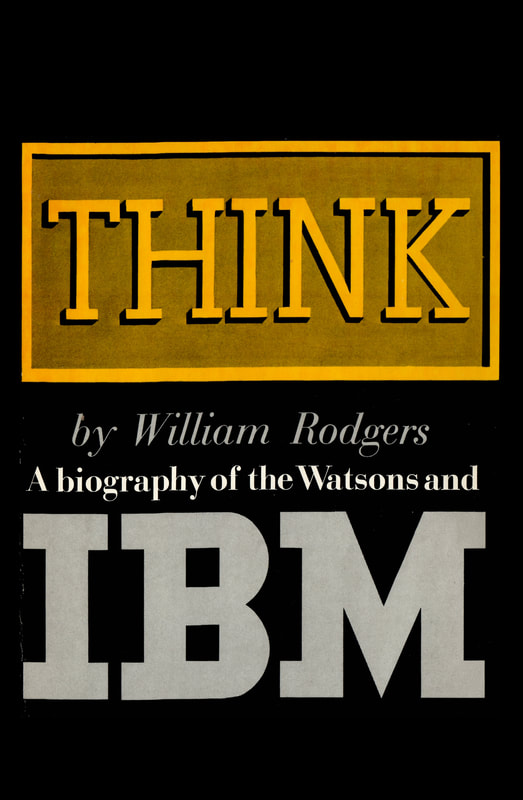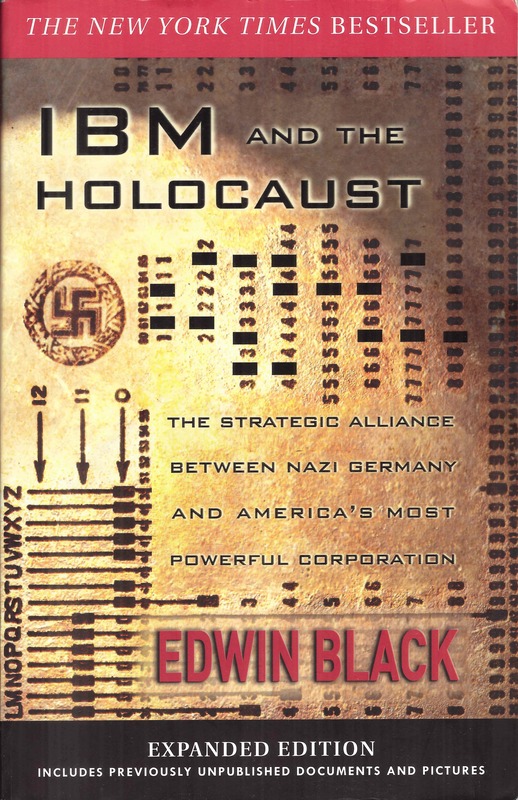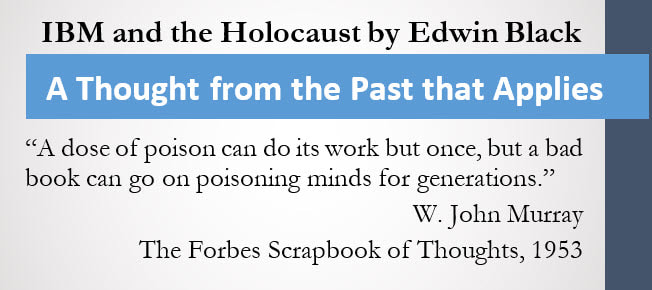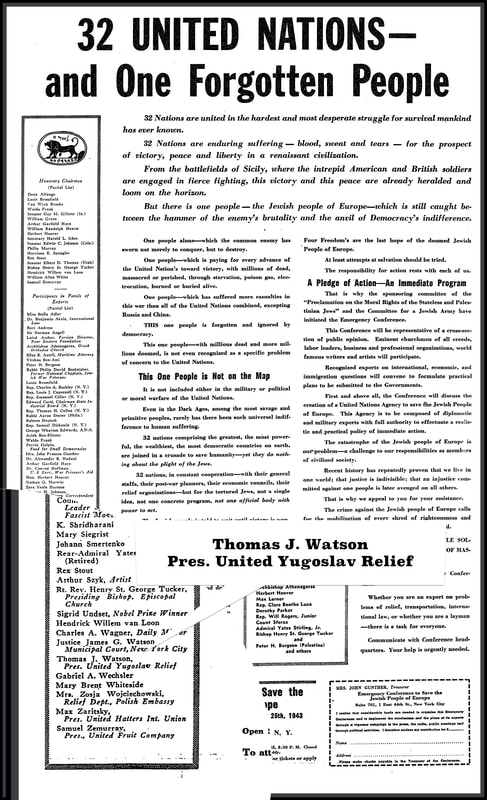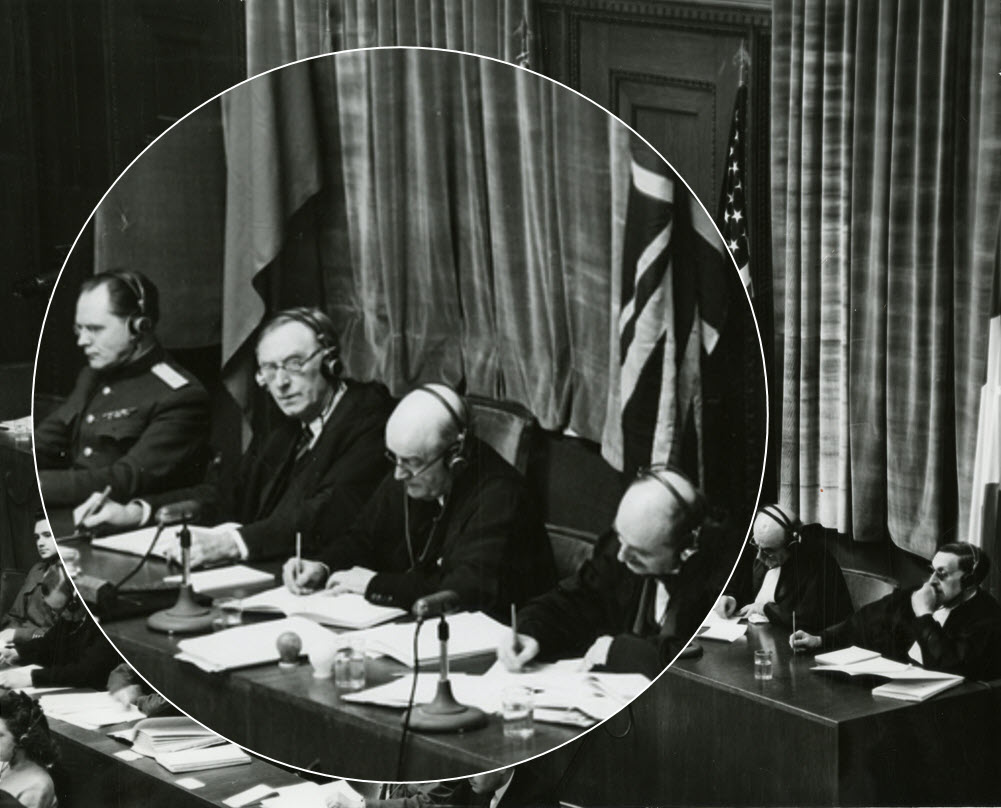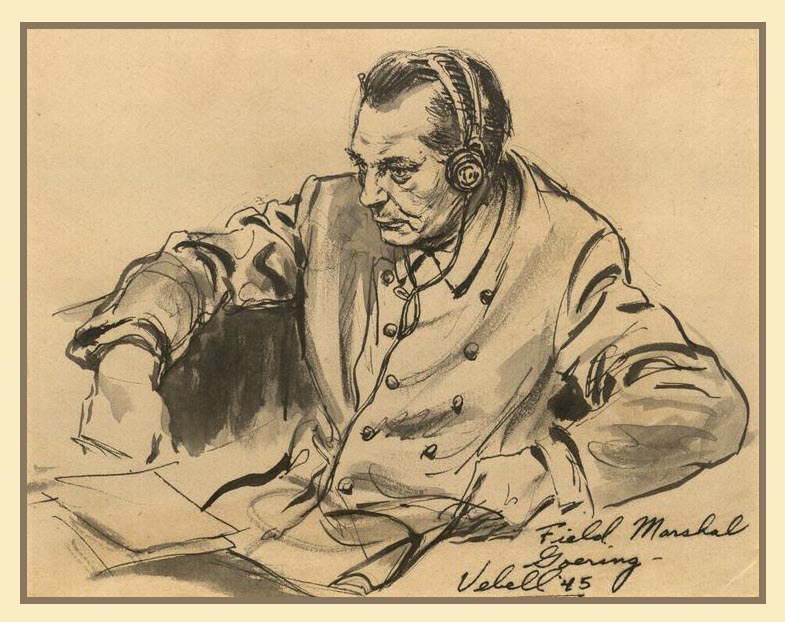IBM Books Written by Outsiders
|
|
Date Published: June 4, 2021
Date Modified: June 29, 2024 |
These are books by academics, journalists, yellow-journalists, and, sometimes, those with an ax to grind against the company. Some of these fail the test of accuracy, fairness and balance and are called out as such. Some are blessed with the view of the outsider—an impartial, unbiased and objective look at the company's methods and practices.
This author gives his view on them. Read these books and form your own opinion.
This author gives his view on them. Read these books and form your own opinion.
Books Written by Outsiders to Conduct IBM Research
The View from Outside: Academia and Analyst Insights
- D. Quinn Mills and G. Bruce Friesen: Broken Promises
|
Broken Promises: An Unconventional View of What Went Wrong at IBM by D. Quinn Mills and G. Bruce Friesen is an excellent book. It was published in 1996--three years after Louis V. Gerstner took charge.
Unlike many Gerstner analysts, this book finds a balanced approach in looking at his tenure as CEO [only three years wasn't much time to call it]. It offers a view which I rarely see elsewhere. Professor Mills covers the details on how the Opel-Akers team set the stage for IBM's downfall: setting unrealistic market expectations, breaking the social contract it had with its employees, selling off the rental install base, trying to please Wall Street, and failing to enforce performance standards so that restructuring charges would have been unnecessary. Here are a few good lines from the book:
|
- Commitment to customers has subordinated technology to marketing, and good marketing has always meant truly superior service--not necessarily superior equipment.
- Scientific management [Watson Sr.'s time] suggested that workers needed close supervision because they were lazy and that laziness could be cured with more pay. ... Employees of service firms work in close proximity to customers--not managers--and they need flexibility and scope to be able to please customers.
- IBM has yet to report an annual operating loss in its accounts [referring to 1991, 1992 and 1993] ... the so-called loses that triggered so much attention ... were largely due to restructuring charges.
- C. Walker and F. Richardson: Human Relations in an Expanding Company
|
Human Relations in an Expanding Company, is an excellent pamphlet. It was published in 1948 by the Labor and Management Center of Yale University. It is a long-term study of the impact of technology upon human relations. Endicott was chosen for several reasons: the size of the company doubled quickly following the end of World War II, and the assembly of machines was changed from a job lot to a continuous assembly system.
It is a technical read, but I enjoyed the authors' observations on IBM culture. One I found very insightful was, "It was evident that supervisors had long been actively participating in the translation and modification of policies originally initiated by Watson Sr. The President's role has been to provide goals and a quality of thinking rather than to give detailed instructions or issue rigid directives." |
This is in stark contrast to the views put forward by William Rodgers in THINK (see review below) that IBMers were "semi-citizens." Mr. Rodgers should have spent more time, like these Yale researchers, actually working on site in a corporation or at least staying long enough to get his evaluation of "Mr. Rodger's Neighborhood" at IBM correct.
- Lowell L. Bryan and Claudia I. Joyce: Mobilizing Minds
|
Mobilizing Minds by Lowell L. Bryan and Claudia I. Joyce is a book written to those that are interested in organizational theory. Does the corporate organization's structure matter?
Before reading the book, I had the opinion from thirty years at IBM that the most-optimized company would combine the best organizational structure with the best talent. Organization though is always a problem. My experience at IBM was that if the corner office had the best people and just left the organization static, those people of great talent would figure out how to make even a bad organizational structure work. |
It is similar to the architect who finished a design for some buildings and wanted to install walkways where they normally would be placed. The CEO asked the architect to delay putting in all the sidewalks for a few months. After a few months he took the architect to the window of his office overlooking the complex and said, "Do you see all the places where the grass has been worn down by people walking where it is most efficient. Finish your sidewalks now."
Good people adapt - even to the worst of organizational structures. The worst way to "manage the organizational structure" is to keep changing it. This thwarts the efforts of even your best people.
Good people adapt - even to the worst of organizational structures. The worst way to "manage the organizational structure" is to keep changing it. This thwarts the efforts of even your best people.
A View from Outside: IBM Books That Fail the Test of Accuracy, Fairness, and Balance
- William Rodgers: THINK
|
THINK, was written by William Rodgers, newspaperman, lecturer and biographer of Nelson Rockefeller (Rockefeller's Follies: An Unauthorized View of Nelson A. Rockefeller). This book is by an individual that shows little understanding of what it takes to run a business; carry the responsibility for the employment of thousands of men/women and their families through WWI, WWII and the Korean War; or to try and maintain full employment through the Great Depression, the Recession of 1920-21 and eight other recessions.
When Mr. Rodgers wrote the following he showed a complete ignorance of the IBM culture: "To Watson, men yielded up their right to be different, to question the system that embraced them, engulfed them, rounded off the outlines of their diversity until they became nearly identical reflections in a corporate mirror. … They were semi-citizens; by their own consent, they submerged their individuality in a collective society that, in disbursing the reward of collective effort, altered the meaning of freedom." |
Makes Watson sound like a socialist!
The book is full of such nonsense. I am sure that Mr. Rodgers would show a similar low opinion of Henry Ford, Harvey S. Firestone, Alfred P. Sloan, A. B. Farquhar, George F. Johnson, Gerard Swope, Owen D. Young, Elbert H. Gary, Julius Rosenwald or any other great industrialist of Watson Sr.'s time that built this country.
Reading this book, I wasn't so much concerned with Watson Sr.'s ego—as the author seems to want me to be—as the author's. The author's ego is on display on almost every page, and the fact that there is not a single documenting footnote or endnote for any of the outlandish claims in this book should be an embarrassment to the author. Shoddy and slipshod research and writing that is selling through sensationalism rather than strong information supported with references a person can fact check.
If this gentleman was a newspaperman and if this book is representative of his overall work ethic, his genre must have been yellow journalism.
Reading this book, I wasn't so much concerned with Watson Sr.'s ego—as the author seems to want me to be—as the author's. The author's ego is on display on almost every page, and the fact that there is not a single documenting footnote or endnote for any of the outlandish claims in this book should be an embarrassment to the author. Shoddy and slipshod research and writing that is selling through sensationalism rather than strong information supported with references a person can fact check.
If this gentleman was a newspaperman and if this book is representative of his overall work ethic, his genre must have been yellow journalism.
- Edwin Black: IBM and the Holocaust
Although Edwin Black was the editor for OS/2 Magazine at the same time as I was a Brand Manager for the OS/2 Warp Server product he is classified in these reviews as an outsider just like any other journalist (such as William Rogers above) whose paycheck or livelihood depended indirectly on IBM or, in Black's situation, reviews of IBM OS/2 products. His livelihood, like mine, was put at risk when Louis V. Gerstner dropped the product as an IBM strategic direction. This book appeared about the same time that this significant change of direction took place.
|
Because of IBM, I was able to visit—twice—the deportation center in Terezin (Theresienstadt), and the concentration and extermination camps of Auschwitz-Birkenau. I cried in both when I saw the horrors that one human being can afflict on another.
I Have Not Seen a Butterfly Around Here, a collection of children's drawings and poems from Terezin, sits on my coffee table as a reminder of an evil that exists in this world. Those who deny, downplay, or contributed to this atrocity deserve a very special place in hell—as well as those who exploit the holocaust for whatever reason they may have.
|
While reading this book, though, I wondered about the Jewish scripture that reads, "Whosoever destroys a single soul, scripture imputes to him as though he had destroyed a complete world; and whosoever preserves a single soul, scripture ascribes to him as though he had preserved a complete world."
Could the phrase "destroys a single soul" be applied not only to the taking of a life, but also to the ruining of a single, good man's reputation? In Tom Watson Sr.'s day it was called an "Act of Calumny." Most individuals today would have to look up the word calumny because, although it is more widely practiced than ever it is rarely called what it is--a despicable act. In the Jewish faith (of which I am not an expert) it appears to be called "lashon hara" or possibly even "hotzaat shem ra." The Catholic Church has similar classifications for such words and actions.
I believe Edwin Black has presented historical information in such a manner as to raise questions about the reputation of a great man; and in so doing, has ruined the reputation of many. It may be factual that IBM technology was used during World War II—just like many other technologies. It is fortunate that we, with IBM resources and people, who were pushed on by the man who is so badly presented in this book—Tom Watson—developed multiple technologies to win the war [Tom Watson and IBM World War II Effort Link].
But did Watson Sr. contribute to the Holocaust? I believe not. Rather, it was his and every U.S. and Canadian IBMer's commitment to winning World War II that brought it to a swifter end. Consider a few contributions of IBM in general and Thomas J. Watson Sr. in particular [links provided below]:
Could the phrase "destroys a single soul" be applied not only to the taking of a life, but also to the ruining of a single, good man's reputation? In Tom Watson Sr.'s day it was called an "Act of Calumny." Most individuals today would have to look up the word calumny because, although it is more widely practiced than ever it is rarely called what it is--a despicable act. In the Jewish faith (of which I am not an expert) it appears to be called "lashon hara" or possibly even "hotzaat shem ra." The Catholic Church has similar classifications for such words and actions.
I believe Edwin Black has presented historical information in such a manner as to raise questions about the reputation of a great man; and in so doing, has ruined the reputation of many. It may be factual that IBM technology was used during World War II—just like many other technologies. It is fortunate that we, with IBM resources and people, who were pushed on by the man who is so badly presented in this book—Tom Watson—developed multiple technologies to win the war [Tom Watson and IBM World War II Effort Link].
But did Watson Sr. contribute to the Holocaust? I believe not. Rather, it was his and every U.S. and Canadian IBMer's commitment to winning World War II that brought it to a swifter end. Consider a few contributions of IBM in general and Thomas J. Watson Sr. in particular [links provided below]:
When reading this book keep in mind what Watson Sr. told his salesmen:
When we read we must always keep in mind that we are not reading just to get the conclusion of the writer, because if we do that we are just getting one man's view. We must read and keep in mind the fact that we are reading to stimulate our own thoughts; we should take the points and the ideas and the suggestions that we get from this reading and apply them in our own way and in our own work.
|
Yes this book is one man's viewpoint. What I took from the book was a forewarning of the dangers that could once again find us as Google, Facebook, Twitter and centralized cloud computing gain a knowledge of who we are, what we think, and who we worship (or don't) that reaches beyond anything possible in the past.
If we allow that to happen, we have been warned by history what can happen with the wrong people in powerful places. I believe history—told factually—proves that Watson Sr. was the right man in the right place at the right time to not only defend democracy against fascism but to encourage worldwide religious freedoms. President Harry S. Truman thought the same thing when he awarded Tom Watson the Medal for Merit—which Mr. Black omits in this one-sided view of a man and history [Tom Watson: A Man of Peace Becomes Democracy's Man O' War]. Tom Watson was one of those who brought attention to the plight of the Jewish people in Europe (see full page advertisement sidebar), and his leadership of his corporation brought the war to a swifter end before more died in the concentration camps. |
Advertisement to save the Jewish People of Europe with Watson's name highlighted.
|
|
Judges wearing IBM translation device headsets
|
This author would recommend reading "The Origins of Simultaneous Interpretation" by Francesca Gaiba. After World War II when justice needed to be served quickly—within months instead of years—upon those who truly were responsible for The Holocaust, Tom Watson loaned IBM's simultaneous translation device and personnel to support it to the Nuremberg trials.
|
